Home>Garden Essentials>When To Plant Swiss Chard Seeds
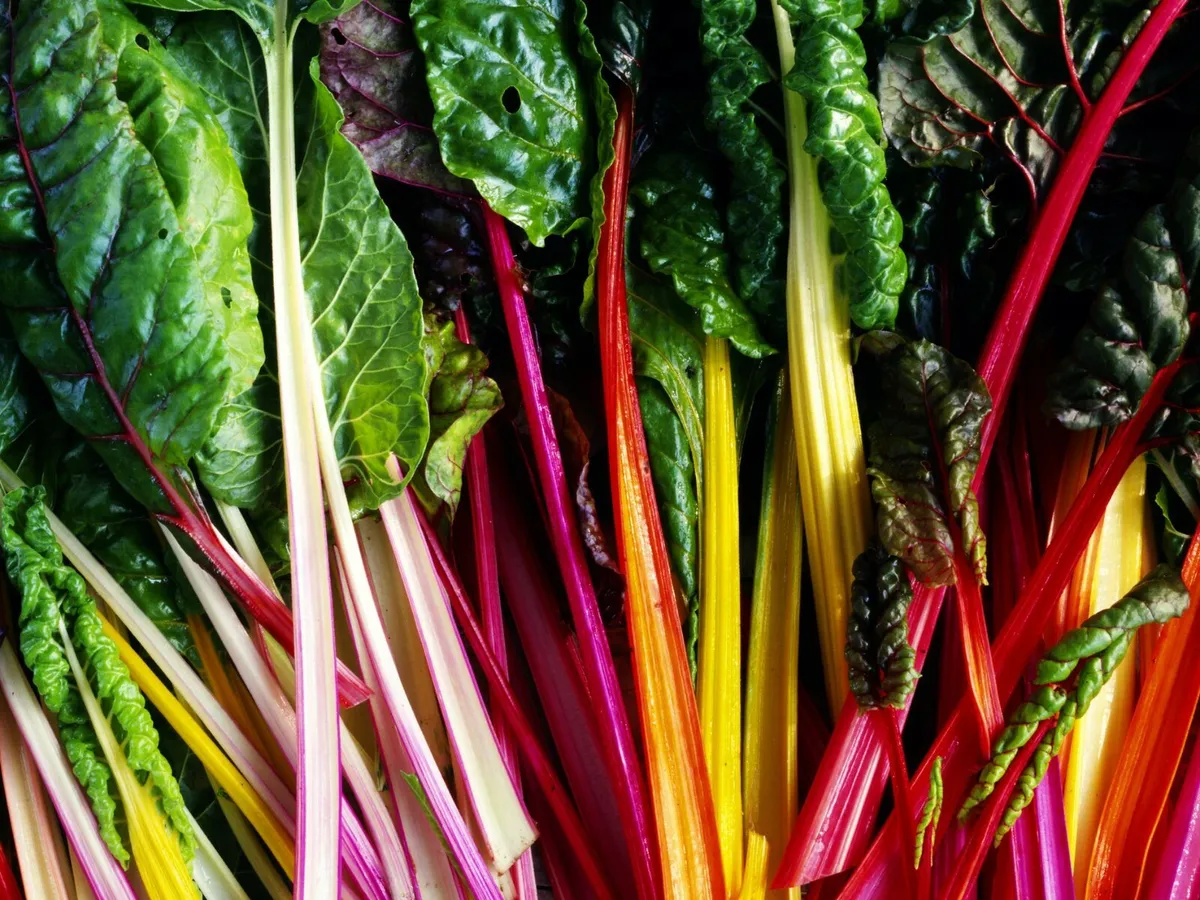

Garden Essentials
When To Plant Swiss Chard Seeds
Modified: March 16, 2024
Looking to start a garden? Learn when to plant Swiss Chard seeds for a bountiful harvest. Expert tips and advice for your garden
(Many of the links in this article redirect to a specific reviewed product. Your purchase of these products through affiliate links helps to generate commission for Storables.com, at no extra cost. Learn more)
Introduction
Gardening is a delightful way to connect with nature and nurture your green thumb. If you’re looking to add some vibrant and nutritious greens to your garden, Swiss chard is an excellent choice. With its colorful stems and tender leaves, Swiss chard not only adds beauty to your garden but also provides a nutritious addition to your meals.
In this article, we’ll explore the ins and outs of planting Swiss chard seeds. From understanding the characteristics of Swiss chard to learning the best time for planting, we’ll guide you through the process step-by-step. So, grab your gardening gloves and let’s dive in!
Key Takeaways:
- Plant Swiss chard seeds in spring or fall for a bountiful harvest. Provide proper care, including watering, fertilizing, and pest control, to enjoy the nutritious and flavorful greens in your meals.
- Harvest outer Swiss chard leaves regularly, leaving the inner leaves to grow. Address common issues like pests and yellowing leaves promptly to maintain plant health and productivity.
Read more: How To Germinate Swiss Chard
Understanding Swiss Chard
Swiss chard, scientifically known as Beta vulgaris subsp. cicla, is a leafy vegetable that belongs to the beet family. It is native to the Mediterranean region and has been cultivated for centuries. Swiss chard is prized not only for its vibrant appearance but also for its rich nutritional profile.
One of the unique features of Swiss chard is its colorful stems, which can range from white and yellow to red and even vibrant rainbow hues. The leaves are large, glossy, and have a slightly crinkled texture. The flavor of Swiss chard is mild and earthy, similar to spinach or beet greens.
When it comes to nutrition, Swiss chard is a powerhouse. It is packed with essential vitamins and minerals, including vitamins A, C, and K, as well as minerals like iron, magnesium, and potassium. It is also a great source of fiber, which can aid in digestion and promote a healthy gut.
Swiss chard comes in different varieties, including “Fordhook Giant,” “Bright Lights,” and “Ruby Red.” Each variety has its own unique characteristics, so you can choose the one that best suits your taste and garden aesthetic.
Not only is Swiss chard delicious and nutritious, but it is also incredibly versatile. You can enjoy it raw in salads or smoothies, sauté it as a side dish, or incorporate it into soups, stews, and stir-fries. Its versatility in cooking makes it a popular choice among home cooks and professional chefs alike.
Now that we have a good understanding of Swiss chard and its wonderful qualities, let’s explore the factors to consider before planting it in your garden.
Factors to Consider Before Planting
Before you start planting Swiss chard seeds, there are a few important factors to consider. By taking these factors into account, you can ensure the optimal growth and success of your Swiss chard plants.
- Sunlight: Swiss chard thrives in full sun or partial shade. It requires at least 4-6 hours of sunlight each day for optimal growth. Choose a location in your garden that receives adequate sunlight or provide shade if the area is exposed to intense heat.
- Soil Quality: Swiss chard prefers well-draining soil that is rich in organic matter. Before planting, amend the soil with compost or well-rotted manure to improve its fertility and moisture retention. A pH level between 6.0 and 7.0 is ideal for Swiss chard.
- Spacing: Swiss chard plants need enough space to grow and spread their leaves. Allow a spacing of 12-18 inches between each plant to ensure proper air circulation and prevent overcrowding.
- Watering: Swiss chard requires consistent moisture to thrive. Keep the soil evenly moist, but not waterlogged. Water the plants deeply, ensuring the water reaches the root zone. Avoid overhead irrigation to prevent the spread of diseases.
- Temperature: Swiss chard is a cool-season vegetable that can tolerate light frosts. It grows best in temperatures between 50 to 75 degrees Fahrenheit (10 to 24 degrees Celsius).
- Pest and Disease Management: Like any plant, Swiss chard can be prone to pest infestations and diseases. Keep an eye out for common pests such as aphids, snails, and slugs. Implement organic pest control methods or use natural predators to manage pest populations. Additionally, ensure good air circulation and avoid overwatering to prevent diseases like powdery mildew.
By considering these factors, you can create an ideal environment for your Swiss chard plants to thrive. Now that you are aware of the essential prerequisites, let’s find out the best time to plant Swiss chard seeds.
Best Time to Plant Swiss Chard Seeds
Timing is crucial when it comes to planting Swiss chard seeds. Being a cool-season vegetable, Swiss chard prefers to be grown during the spring and fall seasons when temperatures are mild. By choosing the right time to plant, you can maximize the growth and yield of your Swiss chard plants.
In most regions, you can start sowing Swiss chard seeds as soon as the soil can be worked in the spring. This is typically when the soil temperature reaches around 40 degrees Fahrenheit (4 degrees Celsius). However, if you’re in a colder climate, it’s best to wait until the danger of frost has passed and the soil has warmed up a bit more.
For a spring planting, aim to sow your Swiss chard seeds 2 to 4 weeks before the last expected frost date. This will give the plants enough time to establish before the warmer temperatures arrive.
If you live in an area with mild winters, you can also plant Swiss chard in the fall. Sow the seeds 8 to 10 weeks before the first expected frost date. The cooler temperatures of the fall season will enhance the flavor of the leaves and extend the harvest period.
Swiss chard seeds typically germinate within 7 to 14 days under optimal conditions. Once the seeds have sprouted, you can thin out the seedlings to maintain the recommended spacing. Thinned seedlings can be enjoyed as baby greens in salads or used in stir-fries.
Remember to keep an eye on the weather forecast when planting Swiss chard seeds. If a sudden cold spell is expected, provide protection to the young seedlings by covering them with a row cover or cloche.
Now that you know the best time to plant Swiss chard seeds, let’s move on to the step-by-step process of planting them.
Planting Swiss Chard Seeds Step-by-Step
Planting Swiss chard seeds is a straightforward process that can be done by following a few simple steps. By properly preparing the soil and providing the ideal conditions for germination, you can ensure successful growth and a bountiful harvest of Swiss chard.
- Prepare the soil: Choose a sunny or partially shaded location in your garden with well-draining soil. Remove any weeds or debris and loosen the soil to a depth of about 6 inches. This will provide a loose and fertile bed for your Swiss chard seeds.
- Sow the seeds: Create furrows in the soil, about ½ inch deep. Space the furrows approximately 12-18 inches apart to provide enough room for the Swiss chard plants to grow. Drop the seeds into the furrows, aiming for a spacing of about 1 inch between each seed.
- Cover and water: Gently cover the seeds with soil, filling in the furrows and lightly pressing down to ensure good seed-to-soil contact. Water the area thoroughly but gently, using a watering can or a gentle spray from a hose. Avoid overwatering, as it can cause the seeds to rot.
- Maintain moisture: Keep the soil consistently moist but not waterlogged. Check the soil regularly and water as needed to prevent the soil from drying out. Avoid overhead irrigation, as it can lead to foliar diseases. Instead, water at the base of the plants.
- Thin out the seedlings: Once the seedlings have emerged and developed their first set of true leaves, thin them out to maintain a spacing of 6-8 inches between each plant. This will allow the Swiss chard plants to have enough space to grow and prevent overcrowding.
- Provide care: Continue to monitor the soil moisture and water as needed. Weed the area regularly to prevent competition for nutrients and space. Consider applying a layer of mulch around the plants to retain moisture and suppress weed growth.
By following these steps, you can successfully plant Swiss chard seeds in your garden. Now, let’s move on to the next phase: caring for your Swiss chard plants to ensure healthy growth and a productive harvest.
Plant Swiss chard seeds in early spring or late summer for a fall harvest. Sow seeds directly into well-drained soil and keep them consistently moist for best results.
Read more: How Long Swiss Chard Germinate
Caring for Swiss Chard Plants
To ensure healthy growth and a bountiful harvest of Swiss chard, it’s important to provide proper care throughout the growing season. By following these care guidelines, you can help your Swiss chard plants thrive and produce an abundance of nutritious leaves.
- Watering: Swiss chard requires consistent moisture to thrive. Water the plants regularly, keeping the soil evenly moist. Aim to provide about 1 inch of water per week, either through rainfall or irrigation. Avoid overwatering, as it can lead to root rot and other diseases.
- Fertilizing: Swiss chard is a heavy feeder and benefits from regular fertilization. Before planting, incorporate compost or well-rotted manure into the soil to provide a nutrient-rich foundation. Additionally, you can apply a balanced organic fertilizer every 4-6 weeks during the growing season to support healthy growth.
- Mulching: Applying a layer of organic mulch around the Swiss chard plants can help conserve moisture, suppress weed growth, and regulate soil temperature. Use materials like straw, shredded leaves, or compost, and apply a 2-3 inch layer around the plants, taking care to keep the mulch away from the stems to prevent rotting.
- Weeding: Regular weeding is essential to prevent competition for nutrients and space. Remove any weeds that appear near your Swiss chard plants, being careful not to disturb the shallow root system of the chard.
- Pest control: Monitor your Swiss chard plants for common pests such as aphids, snails, and slugs. If you notice any signs of pest infestation, use organic pest control methods such as handpicking, spraying with insecticidal soap, or introducing natural predators like ladybugs or beneficial nematodes.
- Harvesting: Swiss chard leaves can be harvested when they reach 6-8 inches in length, typically around 50-60 days after planting. Harvest the outer leaves by cutting them off at the base of the stem, leaving the inner leaves to continue growing. Regular harvesting promotes new leaf growth and extends the productive life of the plant.
By providing proper care, including regular watering, fertilization, mulching, and pest control, you can ensure healthy and productive Swiss chard plants in your garden. Now that you know how to care for your plants, let’s move on to the exciting part: harvesting those delicious Swiss chard leaves!
Harvesting Swiss Chard Leaves
Harvesting Swiss chard leaves is a rewarding process that allows you to enjoy the fresh and flavorful greens in your meals. With proper harvesting techniques, you can encourage continuous growth and ensure a steady supply of tender Swiss chard leaves throughout the growing season.
Here are some tips to help you harvest your Swiss chard leaves:
- Start with outer leaves: When harvesting Swiss chard, begin with the outer leaves that have reached a size of 6-8 inches in length. These larger leaves are more mature and ready for harvest. Look for leaves with vibrant colors and no signs of damage or yellowing.
- Use a sharp knife or scissors: To harvest the leaves, use a clean and sharp knife or scissors. Cut the leaves off at the base of the stem, close to the center of the plant. Avoid tearing or twisting the leaves, as this can damage the plant.
- Leave the inner leaves: It’s important to leave the inner leaves of the Swiss chard plant untouched during harvesting. These inner leaves will continue to grow and provide a continuous supply of fresh greens. Harvesting only the outer leaves encourages new growth and extends the productive life of the plant.
- Regular harvesting: Swiss chard is a cut-and-come-again vegetable, which means you can harvest it multiple times throughout the growing season. As the inner leaves continue to grow, monitor the plant and harvest the outer leaves as needed. Regular harvesting will promote new growth and ensure a prolonged harvest period.
- Storage and usage: After harvesting, gently wash the Swiss chard leaves to remove any dirt or debris. Pat them dry with a clean towel and store them in a plastic bag or airtight container in the refrigerator. Swiss chard leaves can stay fresh for about a week. Use the leaves in salads, sautés, soups, or any other recipe that calls for leafy greens.
Remember that Swiss chard is a versatile plant, and you can also harvest the stems if you prefer. The stems are edible and can be cooked or sautéed along with the leaves, providing a crunchy and colorful addition to your dishes.
By following these harvesting tips, you can enjoy the delicious and nutritious Swiss chard leaves from your garden. Now, let’s address some common problems and troubleshooting techniques that you may encounter while growing Swiss chard.
Common Problems and Troubleshooting
While Swiss chard is generally a hardy and resilient plant, it can sometimes face certain issues that can affect its growth and productivity. Here are some common problems you may encounter while growing Swiss chard and tips for troubleshooting:
- Pest infestations: Swiss chard can be susceptible to pests such as aphids, snails, and slugs. To control these pests, regularly inspect the plants and remove any pests you find. You can also use organic pest control methods like spraying with insecticidal soap or introducing natural predators.
- Yellowing leaves: If you notice yellowing leaves on your Swiss chard plants, it could be a sign of nutrient deficiency or overwatering. Check the soil moisture levels and adjust your watering accordingly. If the yellowing persists, you may need to add additional organic fertilizer or amend the soil with compost.
- Fungal diseases: Swiss chard can be susceptible to fungal diseases like powdery mildew, especially in humid conditions. To prevent fungal infections, ensure good air circulation around the plants by providing adequate spacing. Avoid overhead watering and water at the base of the plants. If necessary, apply organic fungicides or remove severely infected leaves.
- Bolting: Bolting is when Swiss chard sends up a flower stalk prematurely, which affects the quality of the leaves. Bolting is typically triggered by high temperatures or prolonged exposure to stress. To prevent bolting, choose heat-tolerant varieties, provide shade during hot periods, and harvest regularly to encourage new leaf growth.
- Spacing issues: Overcrowding can hinder the growth of Swiss chard. If you notice that your plants are too close together, thin them out to the recommended spacing. Thinning out the seedlings allows each plant to have enough space to grow and access the necessary nutrients.
By addressing these common problems and implementing the appropriate solutions, you can help your Swiss chard plants stay healthy and productive. Remember, gardening is a learning process, and even experienced gardeners may encounter challenges along the way. With time and practice, you’ll become more adept at troubleshooting and maintaining the optimal conditions for your Swiss chard.
Now that you have a good understanding of the common issues and solutions associated with growing Swiss chard, it’s time to wrap up our journey.
Conclusion
Growing Swiss chard in your garden can be a rewarding experience, both in terms of the visual beauty it adds to your landscape and the nutritious greens it provides for your meals. By understanding the characteristics of Swiss chard and considering important factors such as sunlight, soil quality, and spacing, you can create an ideal environment for your plants to thrive.
The best time to plant Swiss chard seeds is in the spring or fall, ensuring that the temperatures are mild and favorable for growth. By following the step-by-step process of planting and providing proper care, including watering, fertilizing, mulching, and pest control, you can support healthy growth and a bountiful harvest.
Remember to harvest the outer leaves regularly while leaving the inner leaves to continue growing. This will allow for a continuous supply of tender Swiss chard greens throughout the growing season. Proper storage and usage of harvested leaves will ensure that you can enjoy their flavor and nutritional benefits for longer.
While challenges like pest infestations, yellowing leaves, fungal diseases, bolting, and spacing issues can arise, addressing them promptly and implementing suitable solutions will help maintain the health and productivity of your Swiss chard plants.
Whether you’re a seasoned gardener or just starting your gardening journey, growing Swiss chard can be a delightful and enriching experience. So, roll up your sleeves, grab your gardening tools, and embark on this green adventure. Enjoy the process, the beauty of your Swiss chard plants, and the nutritious rewards they bring to your table!
Happy gardening!
Frequently Asked Questions about When To Plant Swiss Chard Seeds
Was this page helpful?
At Storables.com, we guarantee accurate and reliable information. Our content, validated by Expert Board Contributors, is crafted following stringent Editorial Policies. We're committed to providing you with well-researched, expert-backed insights for all your informational needs.
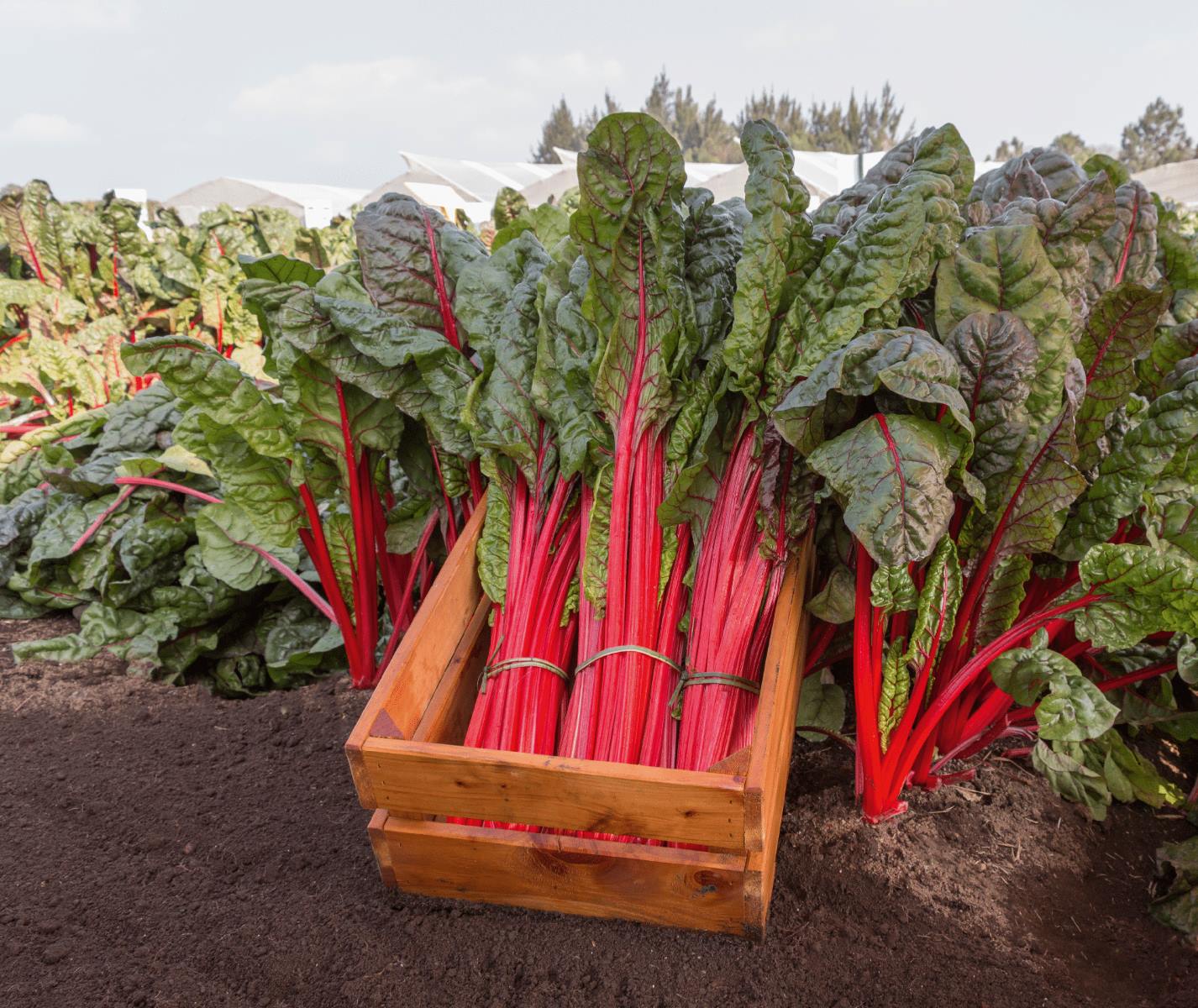
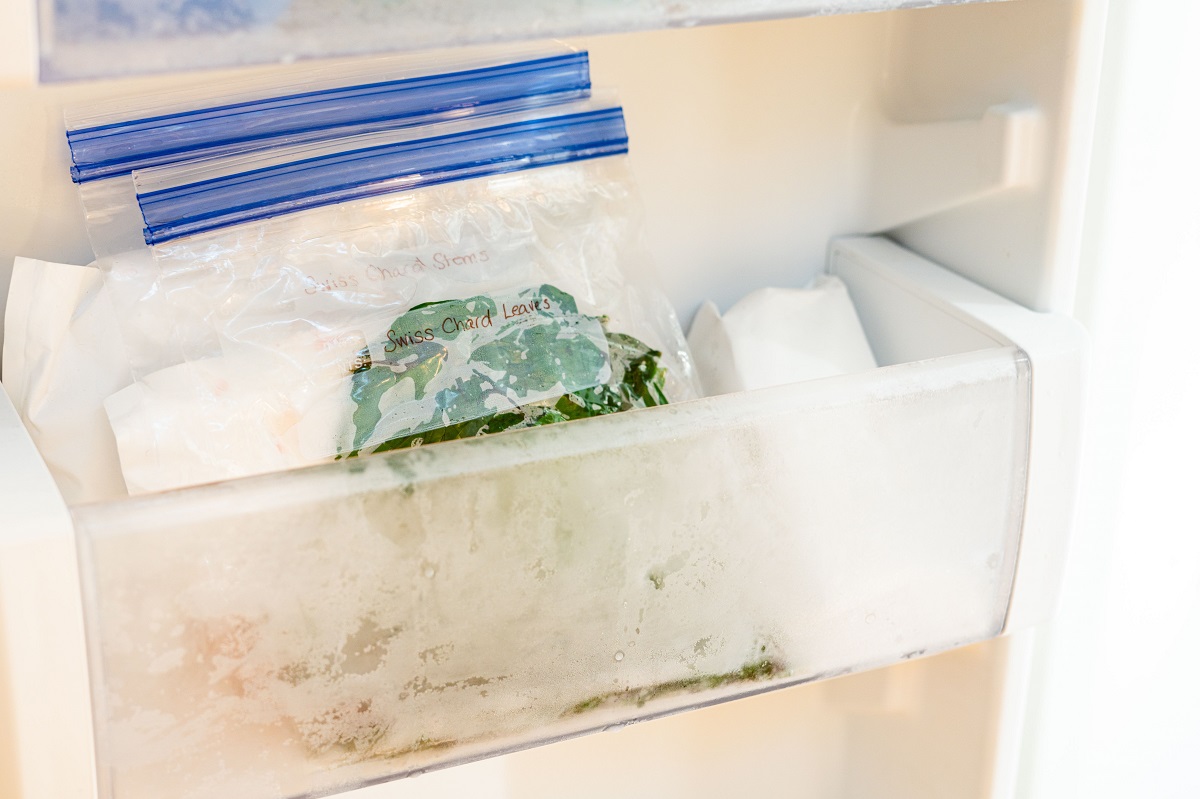
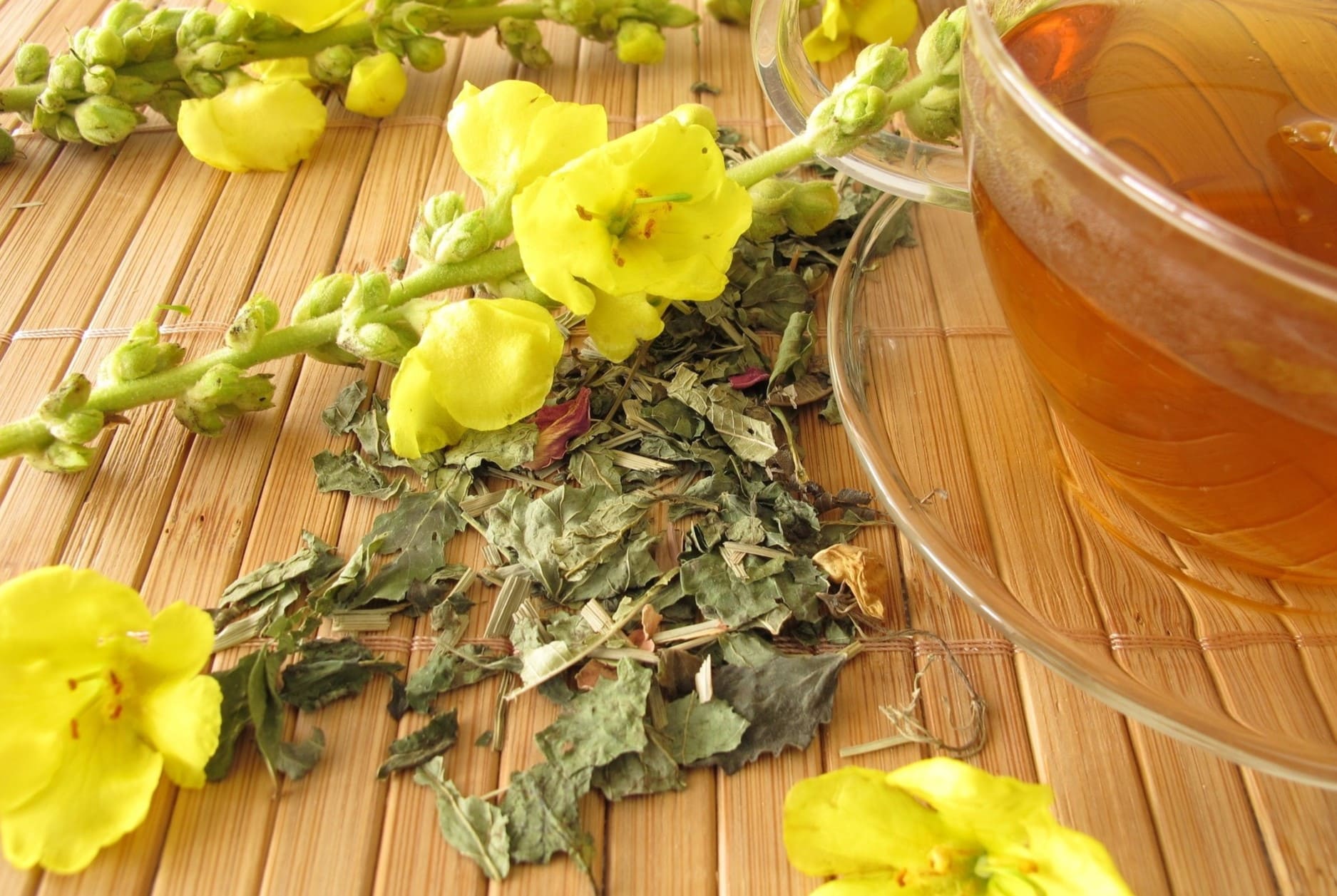
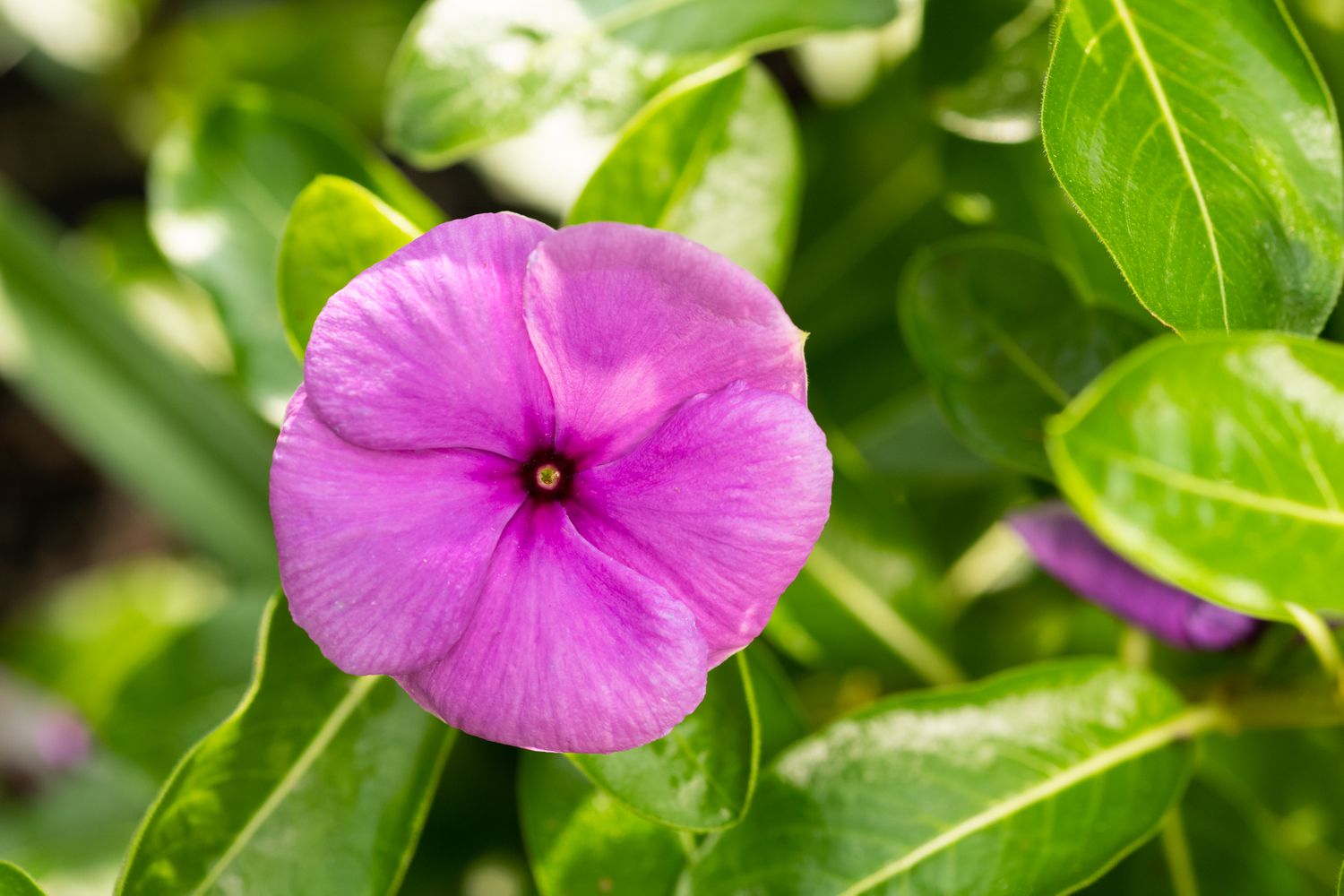
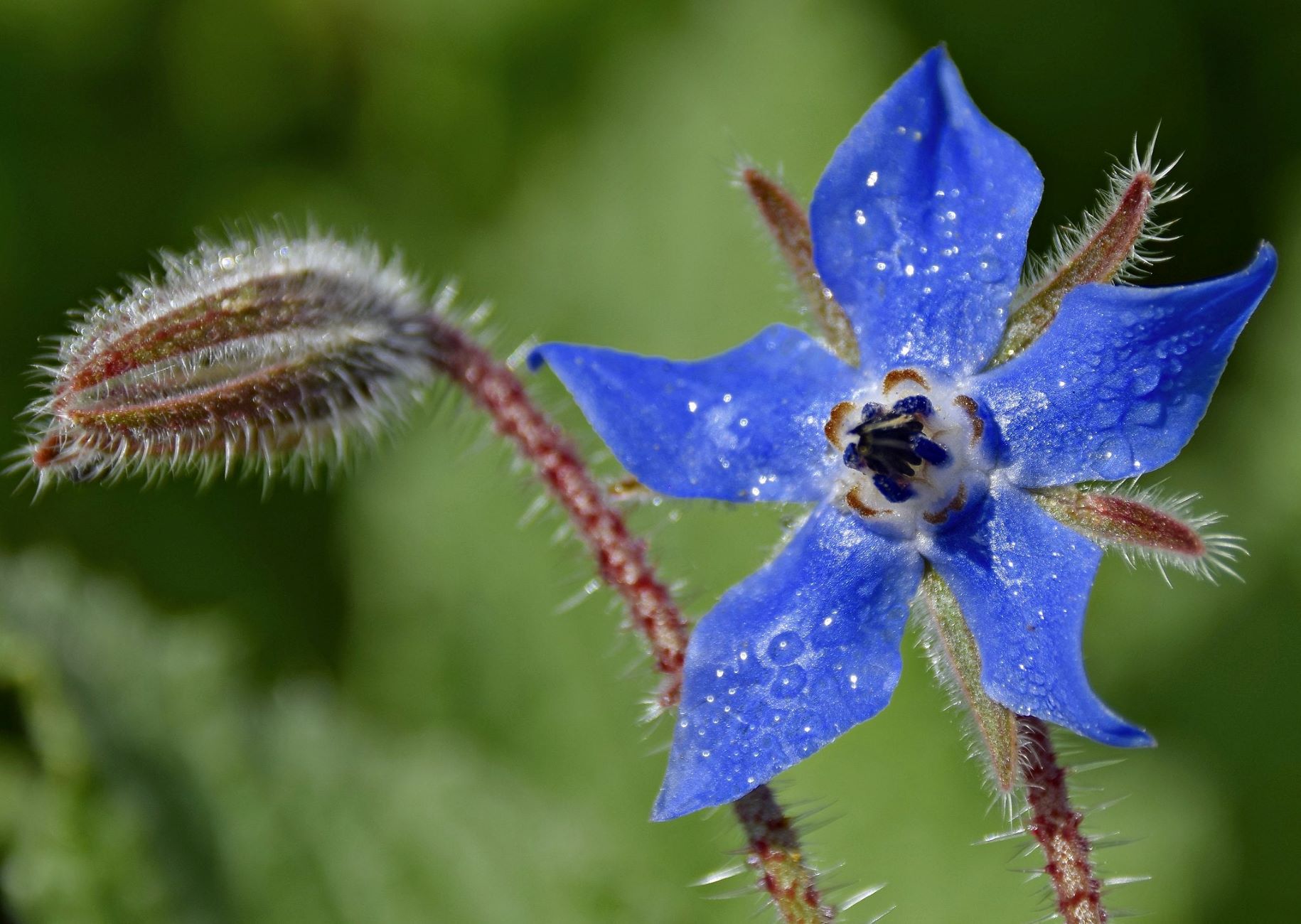
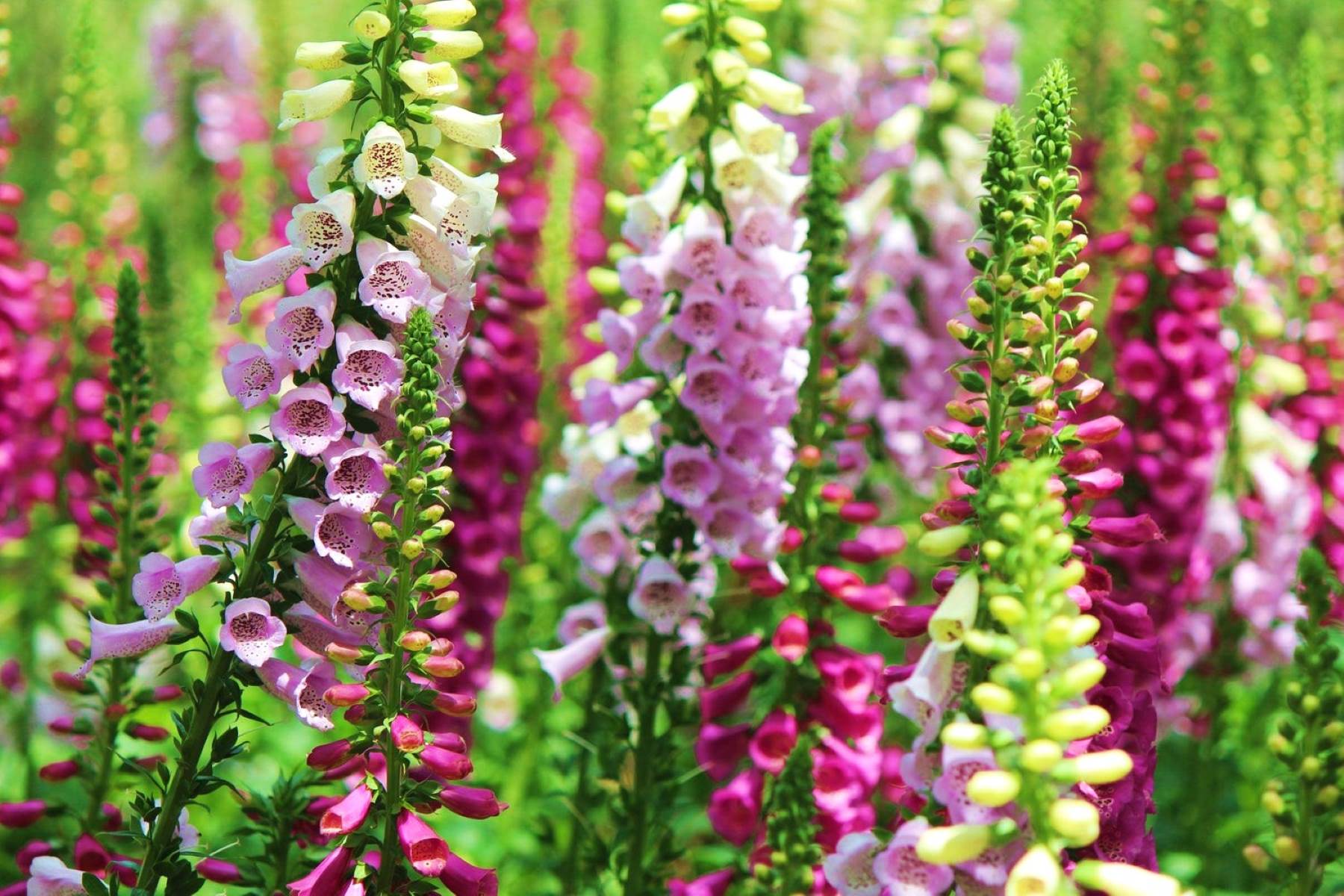
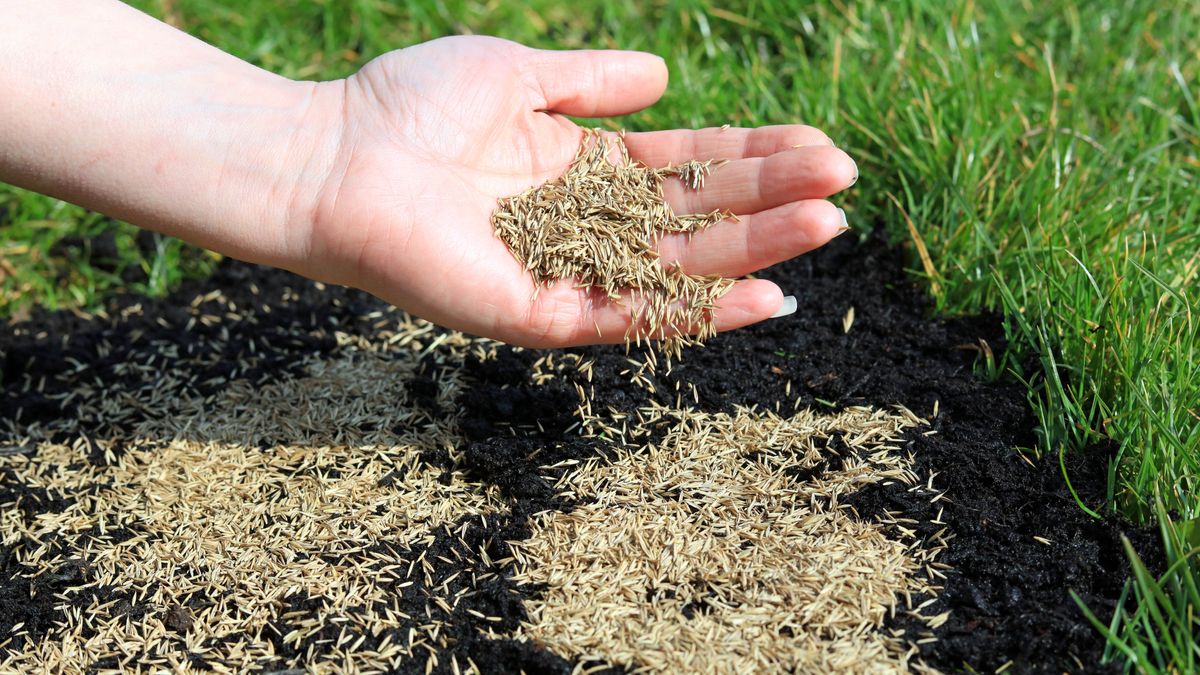
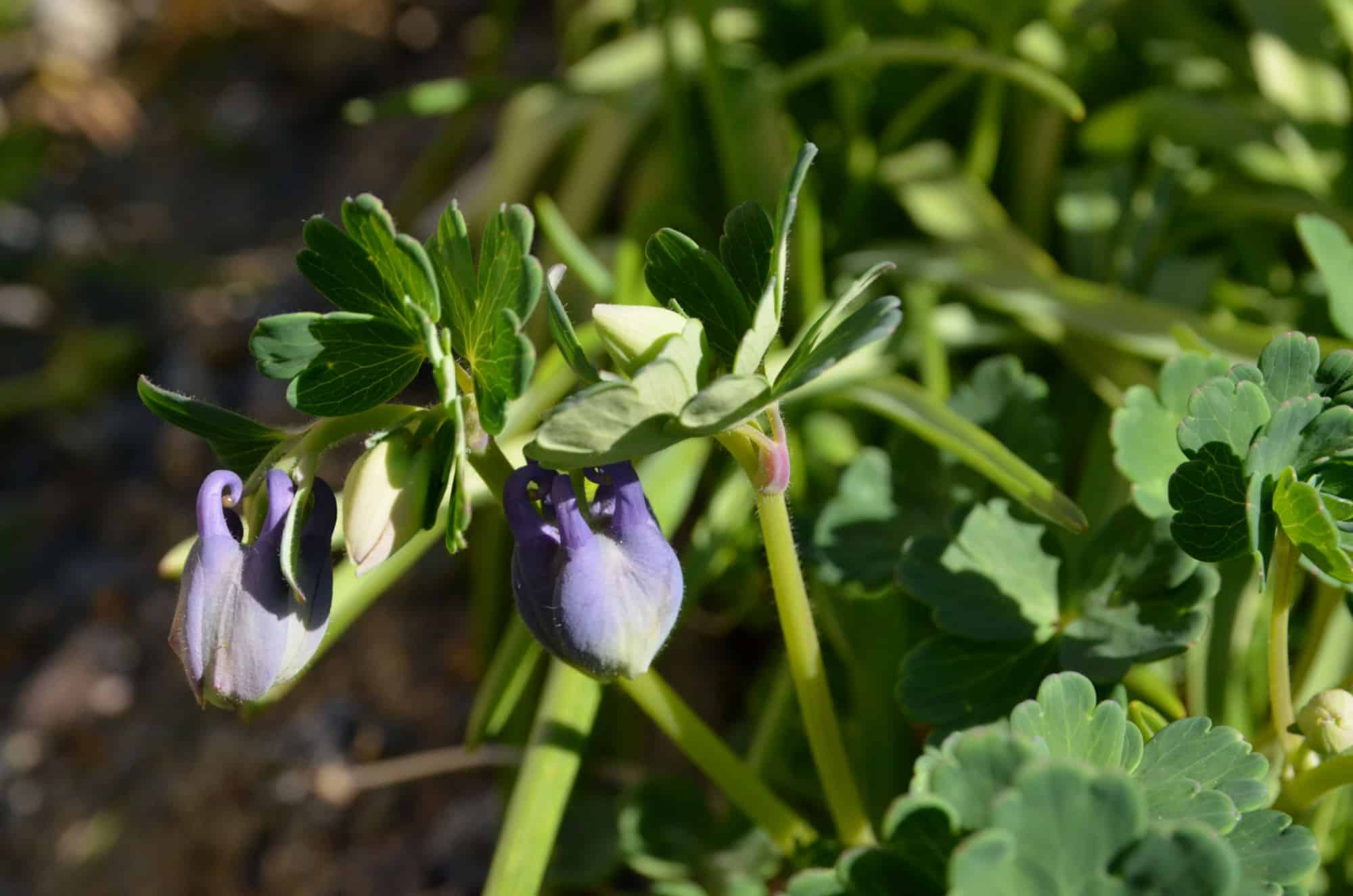
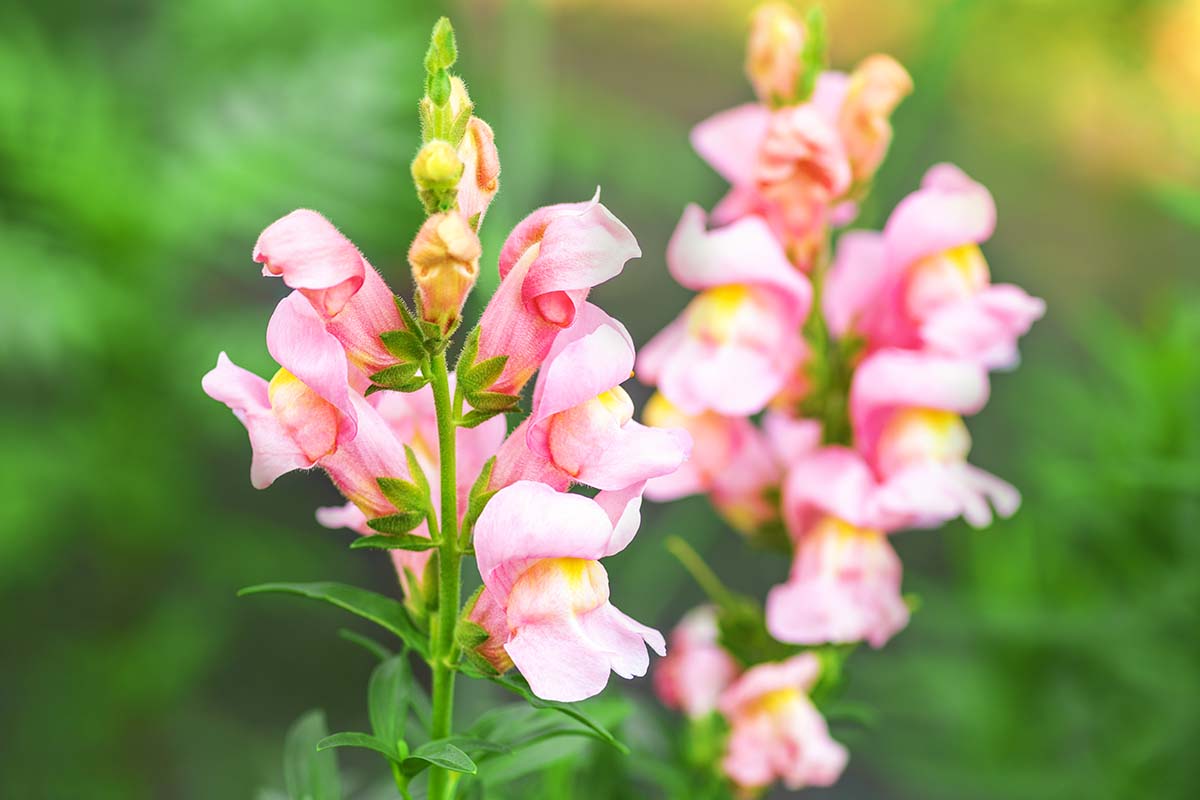
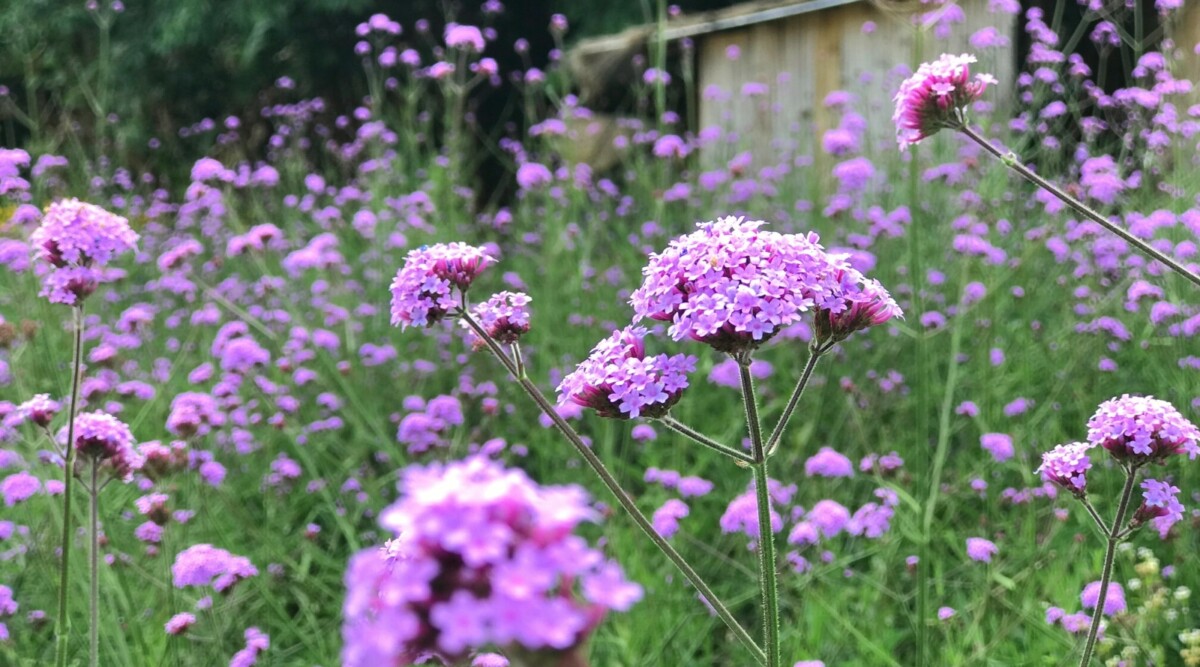





0 thoughts on “When To Plant Swiss Chard Seeds”